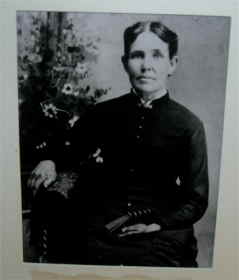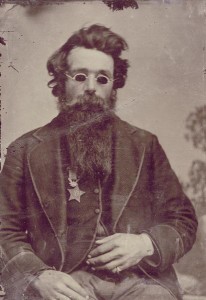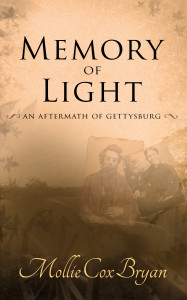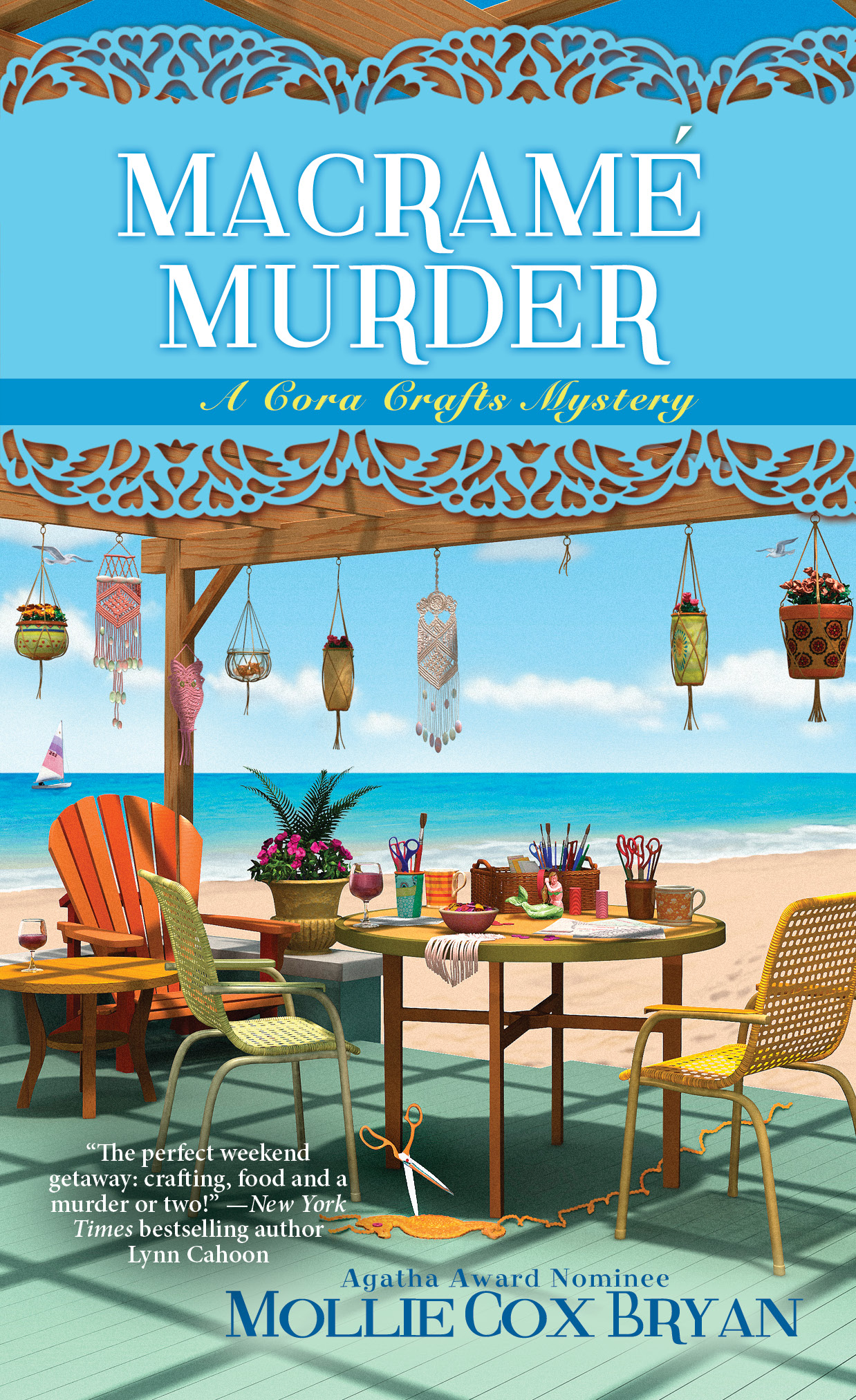When I was first contacted to write a book about the life of Jefferson Coates to say I was excited would be an understatement. I love writing my mysteries—please don’t misunderstand. But I find when challenging myself to write in other genres, it helps make me a better writer all the way around. And this book was a challenge.
At first, I thought the book would be just about the life of Jefferson Coates, a young Wisconsin soldier who fought in the Civil War, was blinded, and became a homesteader on the frontier of Nebraska. That is more than enough fodder for a book. But the closer I looked at the story, the more I saw it was as much his wife’s story as his.
So it became a bit of a love story—not a romance, but a story of a man and a woman who overcame great challenges to build a life together.
As far as we know, Rachel and Jefferson did not know one another before he went off to war. She married him after he came back from the war and was a blind broom maker in Boscobel, Wisconsin. She knew what she faced as the wife of a blind man, who did not have much money or prospects, and she did not care. In fact, years later she told her daughter that Jefferson Coates may have been a blind man, but that he was the best looking man in town. That was probably true.
The man who hired me to write the story wanted to know a few things about his ancestor. One was how he could manage as a homesteader as a blind man. The answer is, of course, he had a hell of a wife. I don’t think he could have done it alone.
My first task in approaching this project was the research, of course. Which, for the most part, was fascinating. I found myself spending the day at places like the Overbrook School for the Blind in Philadelphia, Pa., who were very welcoming. I also spent the day with a Civil War tour guide, Roy Frampton, who took me out to the Gettysburg fields where Jefferson was shot. Both of these experiences are forever etched in my heart and mind.
My next task was to make sense of all of this. I’ve never been a big Civil War person. I’m much more fascinated by the Revolutionary War. The Civil War is one of those wars that people have glommed onto and formed their own opinion of—not necessarily grounded in fact. People have decidedly “romantic” feelings about this time period in our history. But one thing I found is that facts are not necessarily easy to come by. Records are scattered and sometimes not complete even when you find them.
So in making sense of it all I did three things:
- Created a timeline of Jefferson’s life, Rachel’s life, and what was going on during the war. This became very useful the further I moved into the project.
- Read a lot of good (and bad) Civil War fiction, along with history books on things like the Iron Brigade, which Jefferson was a part of, and Wisconsin in the Civil War.
- Had long and meaningful conversations with my husband, a trained historian, who observes everything with a keen academic eye. (So much so that I refuse to go to a historical movies with him. He ruins it, every time!) He read over the book, answered my questions, asked me questions, and on it went.
Because the gentleman who hired me wanted the book written as historical FICTION, I had another set of challenges. Real life often doesn’t follow dramatic narrative arcs to satisfying conclusions. I had to make some decisions about the story early on, like where to begin the story, but I found myself asking questions as I went along. As I explained in the Afterword in the book, I messed with the timeline a bit in order to keep the momentum of the STORY.
This is what I mean when I say that I think and hope I’ve become a better writer as a result of this book. This part really challenged me to look at story structure elements.
That said, I don’t think I could have done this without having the experience of writing mystery and romance novels. Genre fiction writing teaches you how to keep moving the story forward. Luckily, I have an excellent editor at Kensington (for my mysteries) who has pointed out things over the years, things that have become embedded in my nature. I can hear him say “This is a lovely description of the room, but how does this move the story forward?”
It becomes a careful play between giving the right amount of story background and action. I think in historical fiction it’s much more of a challenge to keep backstory at bay. To know how much history to include is key. If I had written this book ten years ago, it might have been double the size, at least. It’s a real temptation, after you’ve done all this research, to want to put every piece of it in.
My next mystery comes out in August and I keep plugging along on them. As long as readers keep enjoying them and my publisher is on board, I am thrilled to write them and already have other ideas in mind for more books Cora Crafts Mystery Series. Also, I have an idea for a way in which I might blend my passion of history and mysteries together. Not a historical mystery. Not exactly, that is. Grin. Stay tuned for more.



